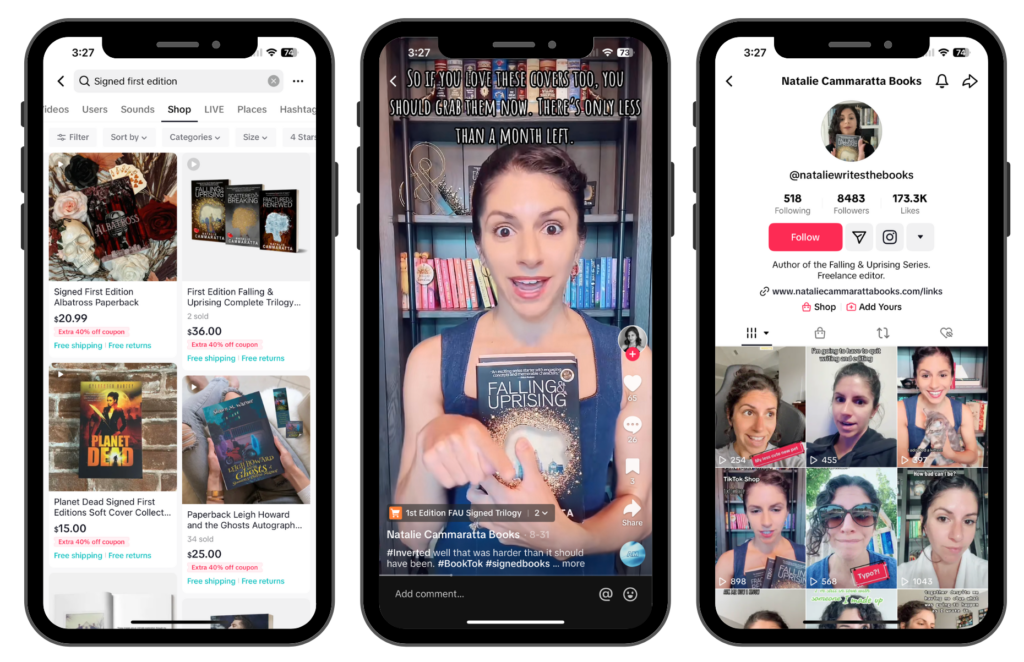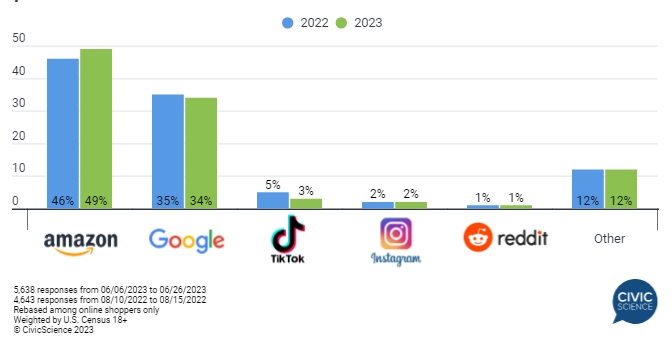TikTok says its Search Ads campaigns help drive big increases to both engagement and purchases as its search engine grows in popularity. Since their launch in September, the search ads have helped advertisers claim high-value opportunities on search results with high purchase intent.
In new data from the company, the campaigns contributed to significantly better performance than mid-funnel campaigns without search ads, including:
- 2.0x higher purchase lift compared to TikTok initiatives without search campaigns.
- Enterprise advertisers saw 2.2x purchase lift compared to initiatives without search campaigns.
- Enterprise retailers received 1.9x purchase lift and notably higher return on ad spend compared to those without search campaigns.
While data from social networks themselves will likely always paint a rosy picture, these numbers suggest that Search Ads Campaigns are effective at capturing the attention of high-value searchers and turning those into purchases for advertisers.
Why It Matters
TikTok is rapidly growing as not just a major social network, but also as a search engine. Younger internet users are increasingly turning to social search engines like one offered by the social network rather than using Google. Recent numbers indicate that TikTok is now processing billions of searches every day – including many with high purchase intent.
Sissi Xu, TikTok’s Search Ads Product Strategy Lead, says this shift is driven by a desire for more perspectives and more diverse sources compared to traditional search.
“Every query on TikTok is not only ‘What’s the Answer?’ but also ‘Whose take can I trust?’ Users scan a chorus of creators, friends, experts, and brands before deciding what resonates.”
This mindset may speak to why the company’s data drives 61% more action than other search tools and why 75% of TikTok search users think TikTok is the best place to discover new brands and products.
Search Ads Campaigns are one of TikTok’s first steps into search advertising, and it is already showing to be a powerful tool for those looking to capitalize on the popularity of TikTok search.





